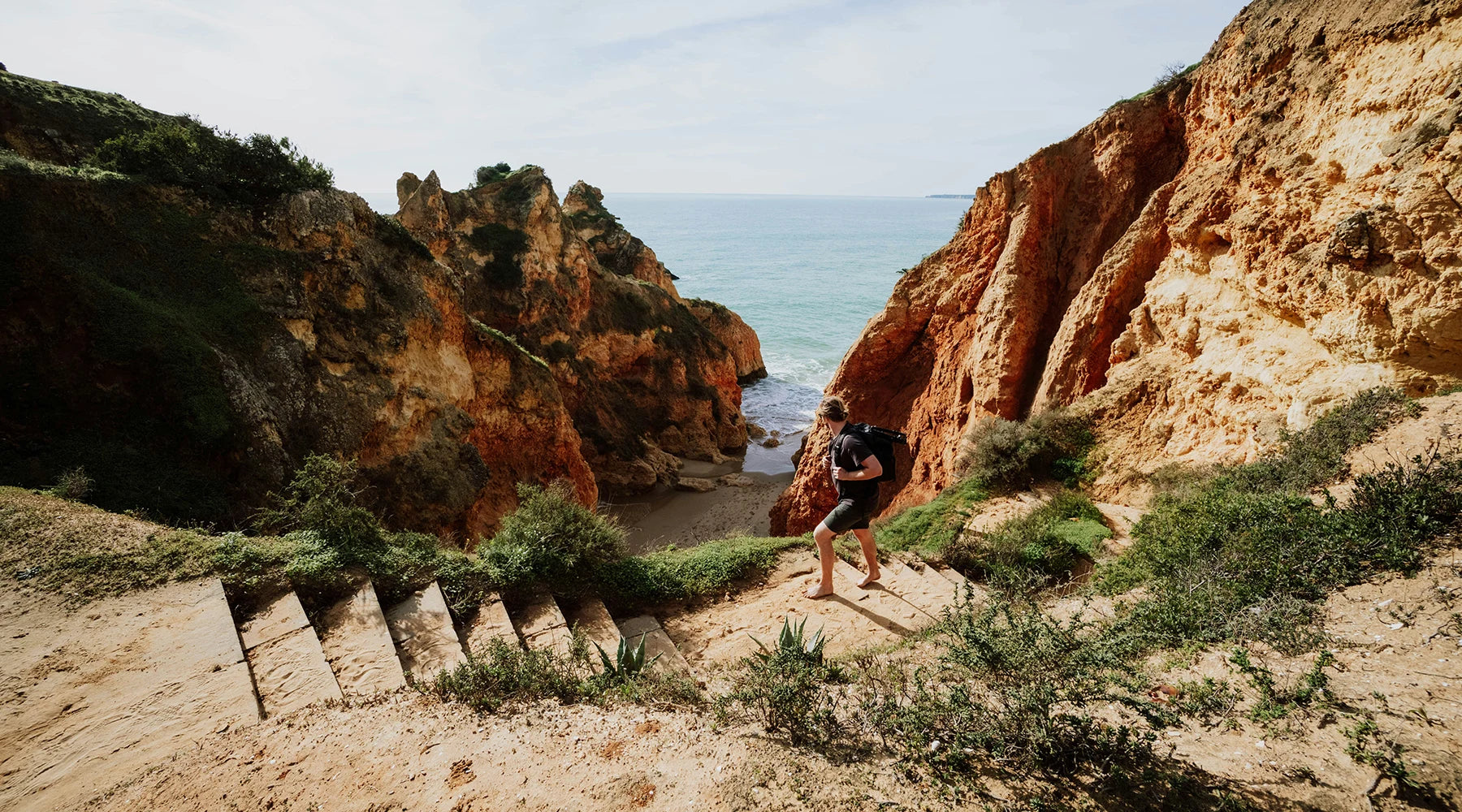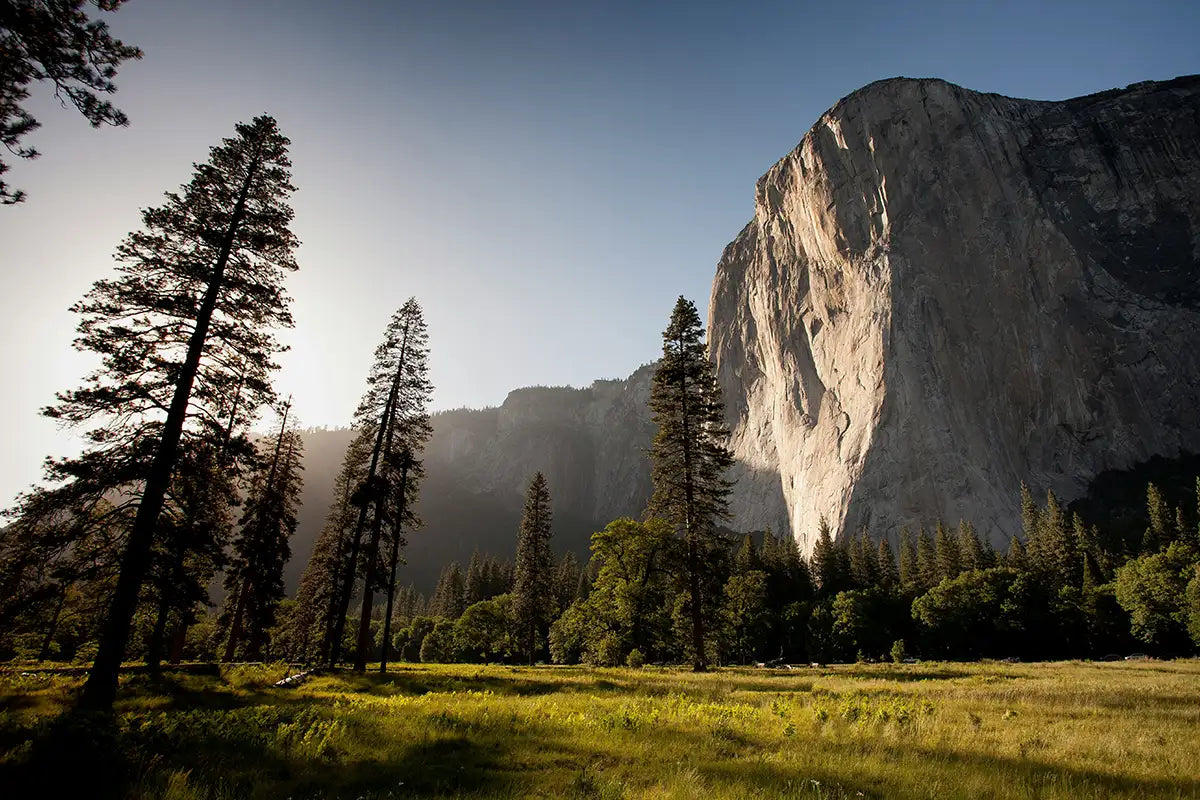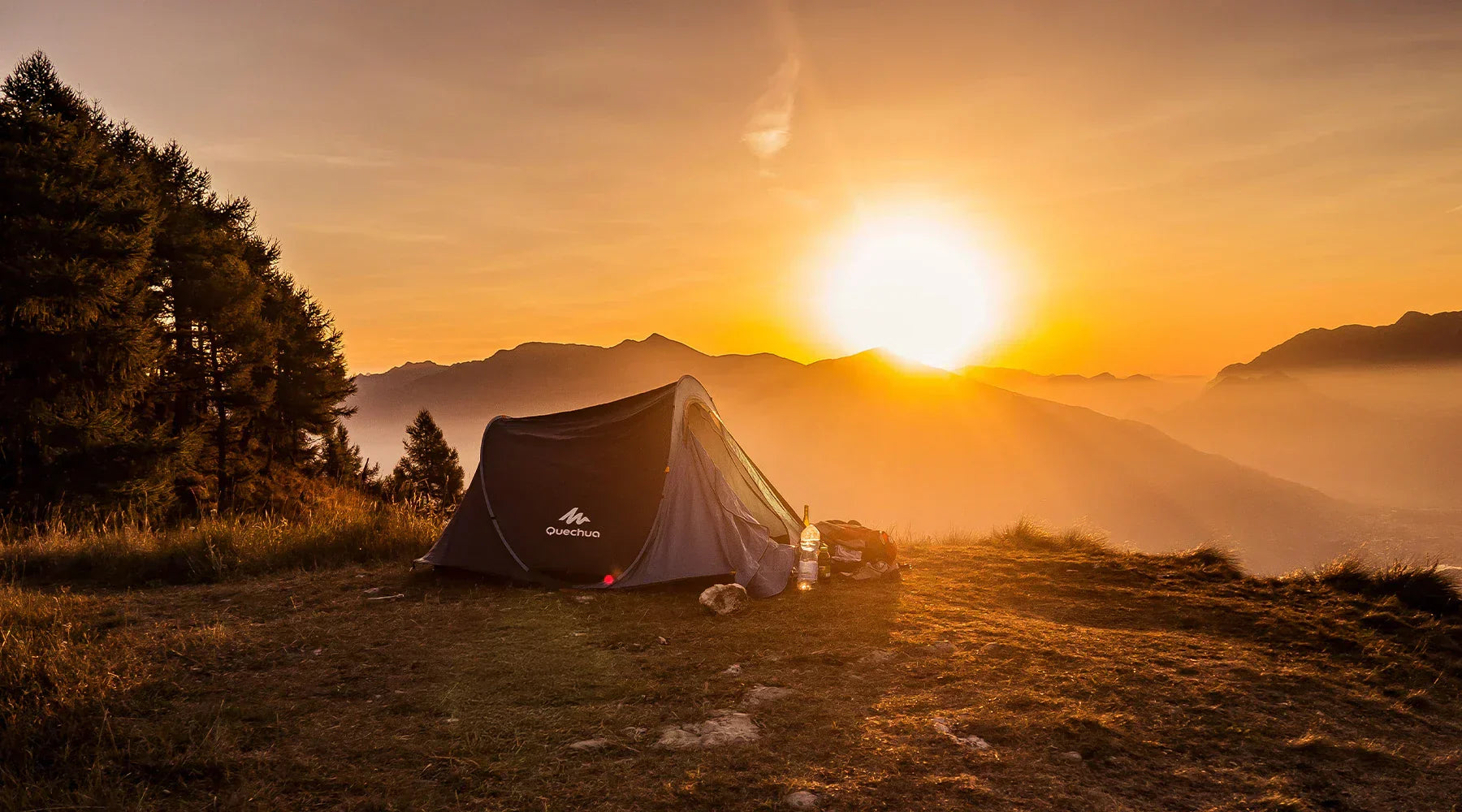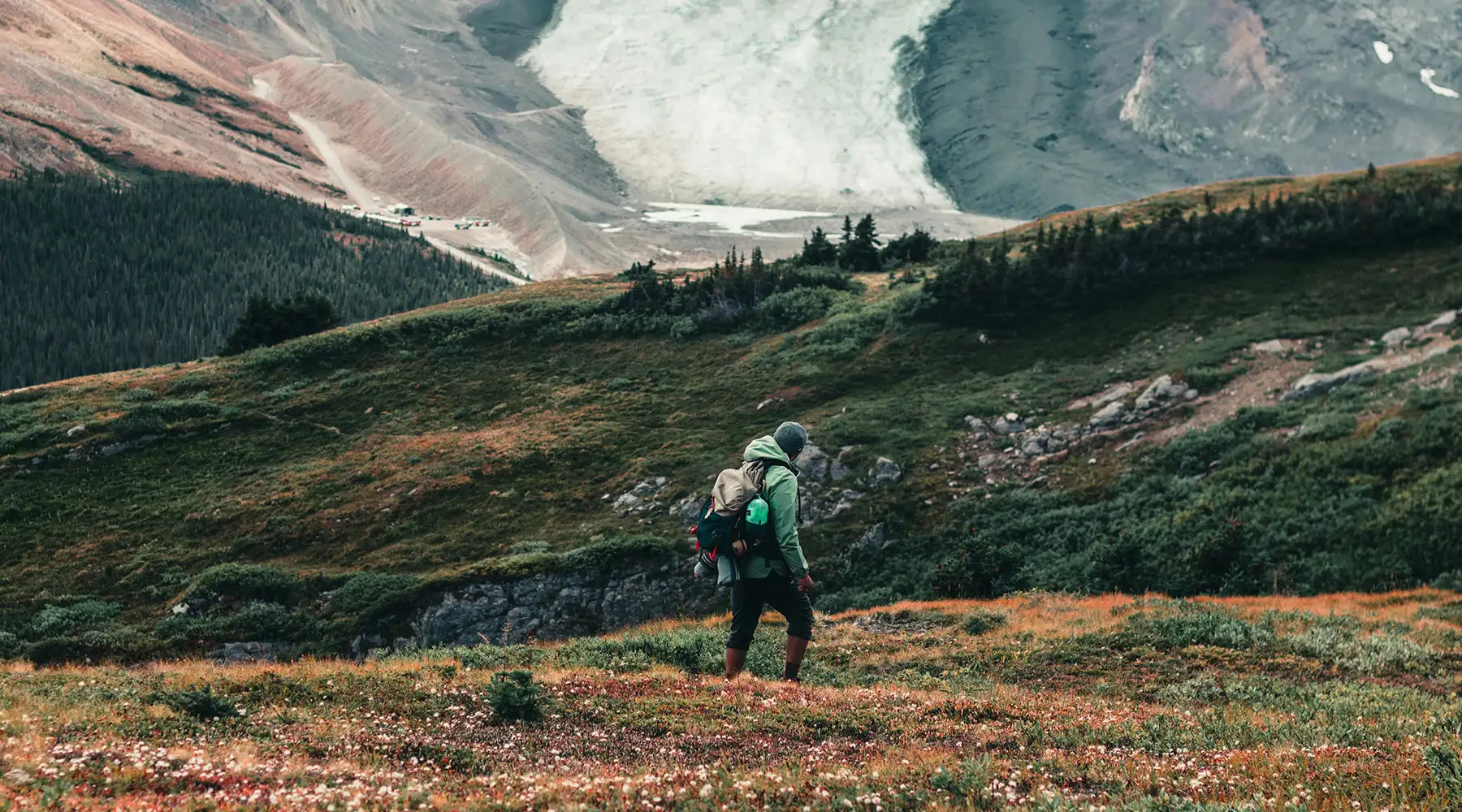Tides and Trails: A Guide to Unforgettable California Coastal Hikes

Introduction: Discovering the Magic of California's Coastal Hikes
Imagine hiking along the stunning California coast, with the sound of waves crashing against the shore and the scent of salty ocean air. Coastal hiking offers a unique blend of breathtaking scenery, fresh sea breezes, and the invigorating challenge of diverse terrains. As the temperatures rise year by year in California, more people are escaping the heat and heading to the beach, finding solace in the cooler, refreshing environment of coastal trails. This guide will take you through the best California coastal hikes, providing you with detailed information on what to expect, safety considerations, essential gear, and much more. Whether you're a seasoned hiker or a beginner, this guide is designed to help you make the most of your coastal hiking adventures.
- Introduction to Coastal Hiking
- Safety Considerations
- Top 10 Coastal Hiking Trails
- Essential Gear for Coastal Hiking
- Best Times of Year for Coastal Hikes
- Reading Tide Charts
- Leave No Trace Principles
- Trail Difficulty Ratings
- Physical Preparation
- Camping Options
- Cultural & Historical Points of Interest
- Tips for Hiking with Children
Safety Considerations Specific to Coastal Trails
Coastal hiking comes with its own set of safety considerations. Always check the weather forecast before heading out, as coastal conditions can change rapidly. Be aware of tides and avoid hiking during high tide when some trails might become dangerous or inaccessible. Stay on marked trails to avoid unstable cliffs and slippery rocks, and always carry a map and a fully charged phone for emergencies.
Top 10 Coastal Hiking Trails
1. Point Reyes National Seashore

Located in Marin County, Point Reyes National Seashore offers diverse landscapes including rugged coastlines, grassy headlands, and forested ridges. Expect to see tule elk, elephant seals, and various seabirds. Key landmarks include the Point Reyes Lighthouse and Chimney Rock. Hike the Tomales Point Trail for sweeping ocean views.
History: Established in 1962, this area has a rich history including Native American heritage and early European exploration.
Best Time to Hike: Spring and fall are ideal, offering mild weather and fewer crowds. Aim for early mornings to catch the sunrise over the Pacific.
Rules & Tips: Stay on marked trails, pack out all trash, and keep a safe distance from wildlife. Wear layers as weather can change rapidly.
2. McWay Falls Trail, Big Sur

This short but spectacular trail in Julia Pfeiffer Burns State Park features the iconic McWay Falls, which cascades directly onto the beach. The trail offers breathtaking coastal views and is surrounded by coastal scrub and chaparral.
History: Named after Julia Pfeiffer Burns, a respected rancher, and resident of Big Sur, the park and trail were established in the 1960s.
Best Time to Hike: Visit in spring or fall to avoid summer crowds and enjoy blooming wildflowers. Late afternoon provides beautiful lighting for photography.
Rules & Tips: Stay on the trail to prevent erosion, and be mindful of the high cliffs. Parking can be limited, so arrive early.
3. Torrey Pines State Natural Reserve

Situated in San Diego, this reserve features rare Torrey pine trees, dramatic cliffs, and unspoiled beaches. Hike the Guy Fleming Trail for panoramic ocean views and diverse flora, including wildflowers and cacti.
History: The reserve was established in 1899 to protect the endangered Torrey pine, one of the rarest pine species in the world.
Best Time to Hike: Fall and winter offer cooler temperatures and less crowded trails. Early mornings are perfect for a serene experience.
Rules & Tips: No food or pets are allowed in the reserve. Bring plenty of water and wear sun protection.
4. Point Lobos State Natural Reserve

Known as the "crown jewel" of California's state park system, Point Lobos offers stunning views of the ocean, hidden coves, and a variety of wildlife, including sea otters, harbor seals, and migrating whales. The Cypress Grove Trail is particularly popular.
History: Point Lobos has a rich history of Native American habitation, whaling, and abalone harvesting.
Best Time to Hike: Spring and fall are ideal, offering mild temperatures and vibrant wildflowers. Visit during the week to avoid crowds.
Rules & Tips: Stay on designated trails to protect fragile ecosystems. Carry out all trash and respect wildlife.
5. Mendocino Headlands State Park

This park features rugged cliffs, sea arches, and vibrant wildflowers. The trails offer spectacular views of the Pacific Ocean and the historic town of Mendocino.
History: The headlands have a rich history of Native American settlement and later European logging operations. The park was established in 1974.
Best Time to Hike: Spring and early summer provide the best weather and wildflower displays. Aim for late afternoon to enjoy the sunset over the ocean.
Rules & Tips: Watch for unstable cliffs and strong winds. Stay on marked trails and keep dogs on a leash.
6. Pismo Beach Monarch Butterfly Grove

This unique coastal hike in Pismo Beach is famous for the thousands of monarch butterflies that migrate here each winter. The short trails wind through eucalyptus trees, offering a rare and beautiful sight.
History: Monarch butterflies have been migrating to this grove for decades, making it a significant natural wonder.
Best Time to Hike: Visit between late October and February to see the butterflies. Early morning is the best time to observe them when they are most active.
Rules & Tips: Stay on the trails and do not disturb the butterflies. Bring binoculars for a closer view.
7. Crystal Cove State Park

Located between Newport Beach and Laguna Beach, Crystal Cove offers 3.2 miles of beach and 2,400 acres of backcountry wilderness. The trails provide stunning coastal views and opportunities to see marine life in tide pools.
History: The park includes the historic district of Crystal Cove, with cottages dating back to the 1920s and 30s. It was established as a state park in 1979.
Best Time to Hike: Spring and fall offer the best weather. Weekdays are less crowded, and mornings provide beautiful light for photography.
Rules & Tips: No dogs are allowed on the beach. Stay on marked trails to protect sensitive habitats.
8. Redwood National and State Parks

This area features some of the tallest trees in the world, along with breathtaking coastal views. The Coastal Trail offers a unique blend of towering redwoods and stunning ocean scenery.
History: Established in 1968, the parks protect almost half of the remaining old-growth redwoods, which have been here for over 2,000 years.
Best Time to Hike: Summer and early fall offer the best weather. Visit early in the morning for a peaceful experience among the giants.
Rules & Tips: Stay on designated trails to avoid damaging tree roots. Pack out all trash and respect wildlife.
9. Malibu's Point Dume State Beach

This scenic coastal trail offers panoramic views of the Pacific Ocean, with opportunities to spot dolphins, sea lions, and migrating whales. The Point Dume Natural Preserve features a variety of native plants and wildlife.
History: Point Dume was named by George Vancouver in 1793 and has a long history of indigenous use.
Best Time to Hike: Spring and fall provide ideal weather. Sunset hikes offer spectacular views.
Rules & Tips: Stay on marked trails to avoid disturbing native plants. Keep a safe distance from wildlife and bring binoculars for better viewing.
10. Half Moon Bay Coastal Trail

This trail offers 11 miles of scenic coastline, with views of the Pacific Ocean, beaches, and bluffs. Expect to see seabirds, wildflowers, and possibly even harbor seals.
History: The trail follows the route of the old Ocean Shore Railroad, which operated in the early 1900s.
Best Time to Hike: Spring and summer offer the best weather and wildflower displays. Early mornings are less crowded.
Rules & Tips: Watch for cyclists and stay on designated paths. Bring a camera to capture the stunning scenery.
Essential Gear for Coastal Hiking
Having the right gear can make your coastal hike more enjoyable and safe. Here’s a checklist of essential items:
- Sturdy hiking boots with good grip
- Weather-appropriate clothing, including layers and a waterproof jacket
- Sun protection: hat, sunglasses, and sunscreen
- Plenty of water and high-energy snacks
- Navigation tools: map, compass, or GPS device
- First aid kit
Best Times of Year for Coastal Hikes
Spring and fall are the best seasons for coastal hikes in California, offering mild temperatures and fewer crowds. Early mornings and late afternoons are ideal times to hike, providing cooler temperatures and beautiful light for photography. Weekdays are typically less crowded than weekends.
How to Read Tide Charts and Why It's Important
Understanding tide charts is crucial for coastal hiking. Tides can affect the accessibility and safety of certain trails. Always check tide charts for your hiking area and plan your hike during low tide. This ensures you have ample time to explore without the risk of getting caught by rising waters.
Leave No Trace Principles for Coastal Environments
Coastal areas are delicate ecosystems that require our protection. Follow Leave No Trace principles to minimize your impact:
- Pack out all trash, including food scraps
- Stay on designated trails to avoid damaging vegetation
- Respect wildlife and observe from a distance
- Avoid picking plants or disturbing natural features
Difficulty Ratings and What They Mean for Coastal Trails
Understanding trail difficulty ratings can help you choose hikes that match your fitness level. Coastal trails can range from easy, flat paths to challenging, steep climbs. Pay attention to trail descriptions and choose hikes that align with your experience and physical condition.
How to Prepare Physically for Coastal Hikes
Coastal hiking can be physically demanding. Prepare by incorporating cardio, strength training, and flexibility exercises into your routine. Practice hiking on varied terrains to build endurance and confidence. Stay hydrated and fuel your body with nutritious foods before and during your hike.
Camping Options Along Coastal Trails
Some coastal trails offer camping opportunities, allowing you to extend your adventure. Popular options include:
- Point Reyes National Seashore: Numerous backcountry campgrounds
- Julia Pfeiffer Burns State Park: Primitive campsites with ocean views
- Los Padres National Forest: Dispersed camping along the Big Sur coast
Cultural or Historical Points of Interest Along Famous Coastal Hikes
California's coastal trails are rich in cultural and historical significance. Look for these points of interest:
- Point Reyes Lighthouse: A historic lighthouse with breathtaking views
- Big Sur's Bixby Creek Bridge: An iconic landmark along Highway 1
- Monterey's Cannery Row: Explore the history of the sardine canning industry
Tips for Hiking with Children on Coastal Trails
Hiking with children can be a rewarding experience. Here are some tips to ensure a fun and safe adventure:
- Choose short, easy trails suitable for young hikers
- Pack plenty of snacks and water
- Bring along a first aid kit and any necessary medications
- Engage children with nature scavenger hunts or educational games
Conclusion
California's coastal hikes offer a unique blend of natural beauty, physical challenge, and cultural enrichment. Whether you're a seasoned hiker or a beginner, there's a coastal trail waiting to be explored. Remember to prioritize safety, respect the environment, and enjoy the stunning scenery. Happy hiking!



